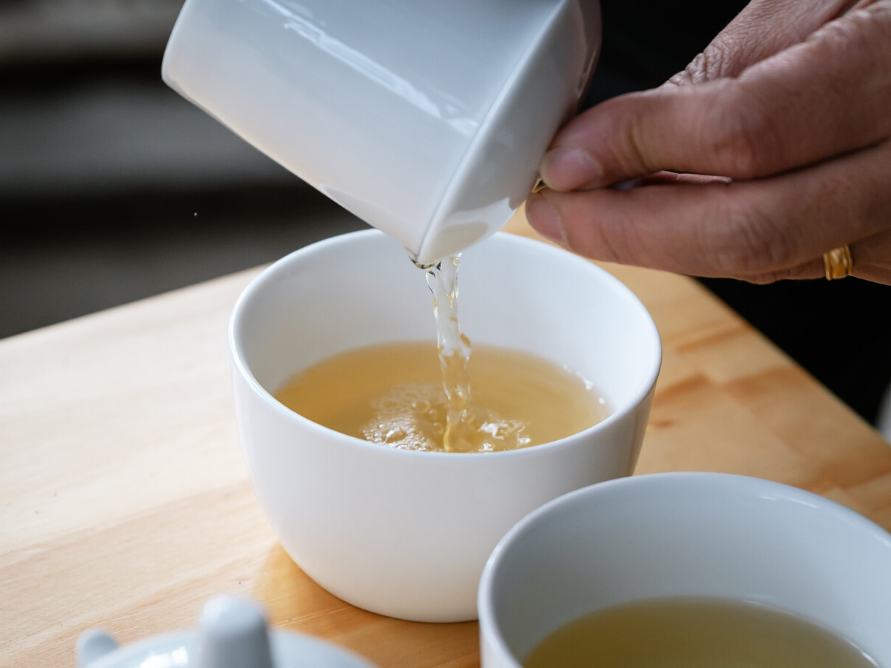
White Tea - How is it made?
All loose-leaf tea comes from the leaf of the tea plant, Camellia Sinensis. There are two varieties, Camellia Sinensis var. Sinensis (Chinary variety) and Camellia Sinensis var. Assamica (Assam variety).
The main differences between White, Green and Black tea is in the processing of the leaf. Firstly, the maturity of the tea leaf used and second, the oxidisation of the processed leaf varies to produce the different types of teas.
White tea is tea made from new growth buds and young leaves. At the very top end of the premium range of white teas, only the new growth bud is used. In most cases, the new growth bud + one young leaf is used.
The plucking of young buds used in white teas, shields them from too much exposure to sunlight during growth to reduce the formation of chlorophyll. The young shoots (tea buds) covered with tiny silver hairs gives the processed loose-leaf tea, a white appearance. Thus the name.
The processing of white tea in Assam is a multi-step process. Freshly plucked leaf is first lightly withered to extract the moisture content while retaining the goodness of tea. Antioxidants, polyphenols and flavonoids are all maintained in this process. These bioactive compounds lessen oxidative stress, relieve inflammation, and provide other health benefits.
The lightly withered leaf is then rolled, either by hand or by using rolling machines. Rujani Signature White tea is always hand-rolled in small batches, to maintain its unique qualities right till your cup. See video below of how we make our white teas.
VIDEO: Making of white tea - 2:55 mins
Inactivating the oxidation of the leaf, as much as possible, is essential to white tea. Oxidation is allowed in black teas, whereas in white tea, due to lower oxidation, it retains a higher concentrations of catechins which are present in fresh tea leaves. Catechins are known for their medicinal value and help with improving your immune system.
Green tea has more mature tea leaves than white tea. Although green tea is also rich in catechins, it is known to have different catechin profiles than white tea.
White tea is steamed and dried immediately after harvesting to limit the oxidation of the leaf and to retain its many benefits. Limiting the oxidation helps maintain the white colour of the loose-leaf and the resultant liquor.
This method of minimal processing accounts for white tea's higher than usual medical benefits.
We would love for you to try out our selection of Rujani White teas today. They promise to keep you healthy and warm this winter.

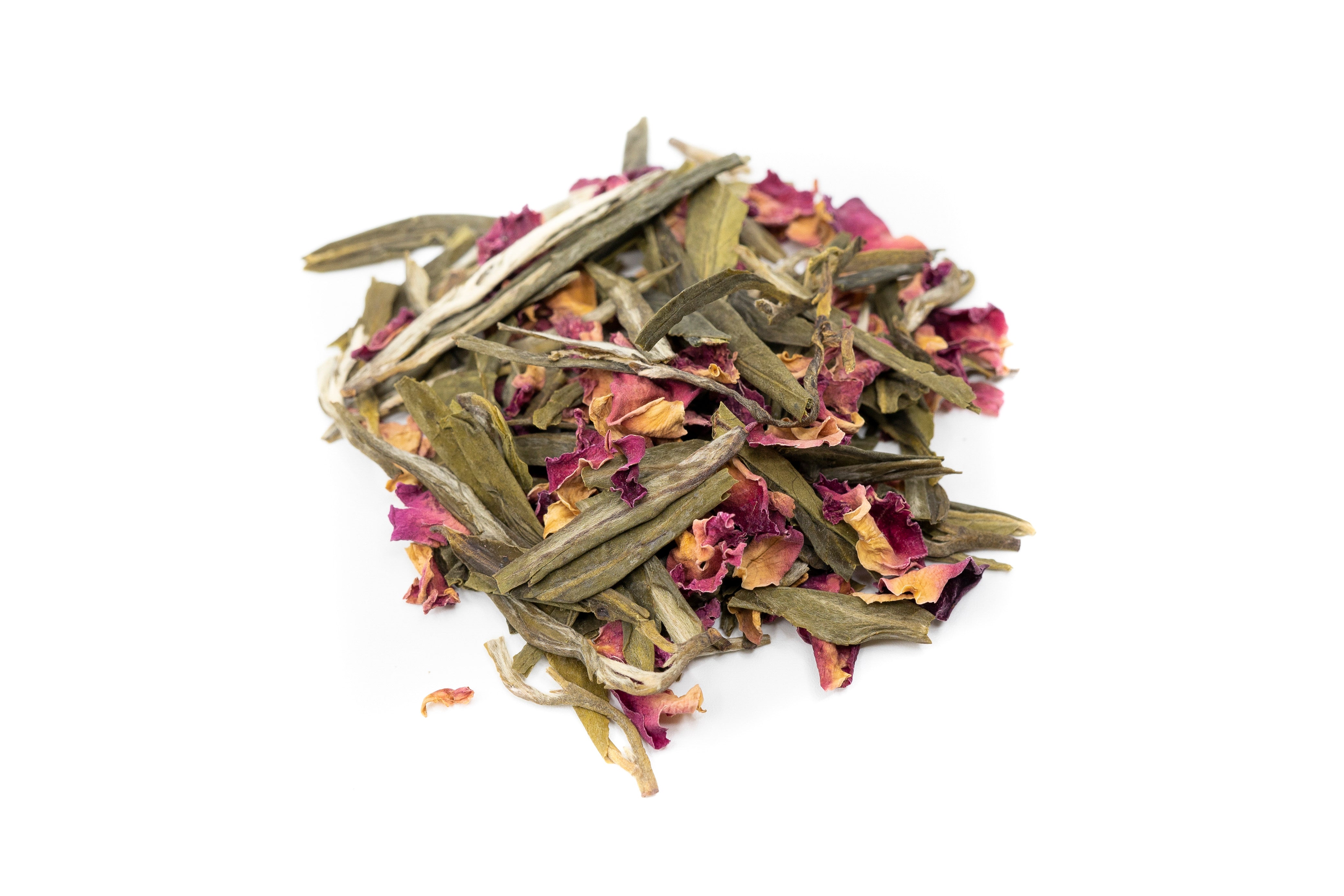

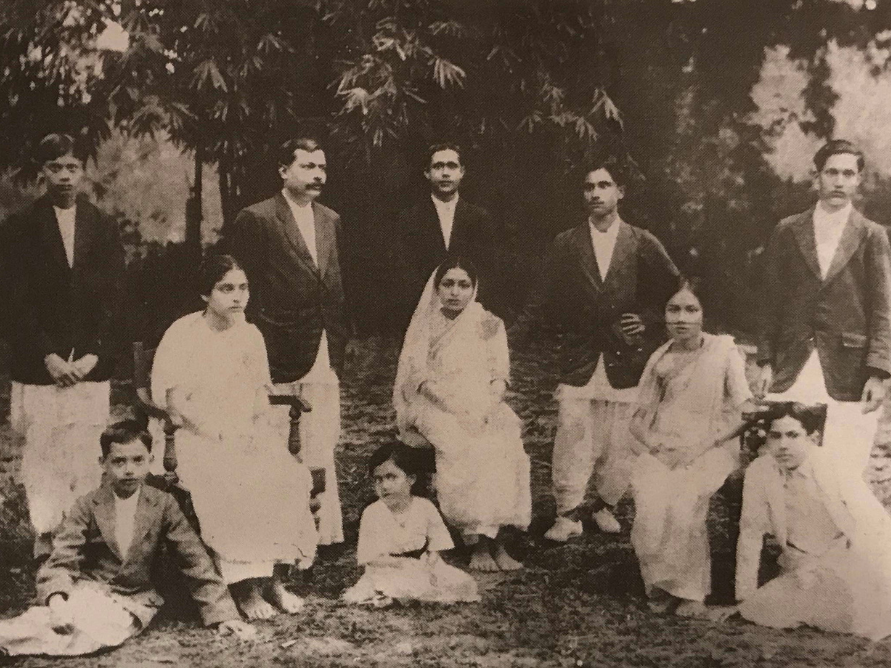
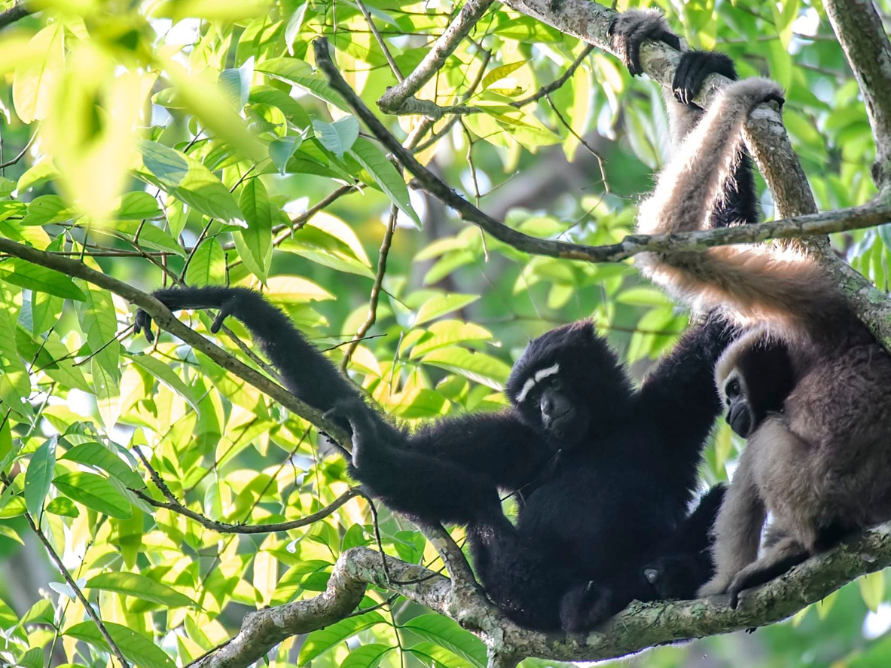
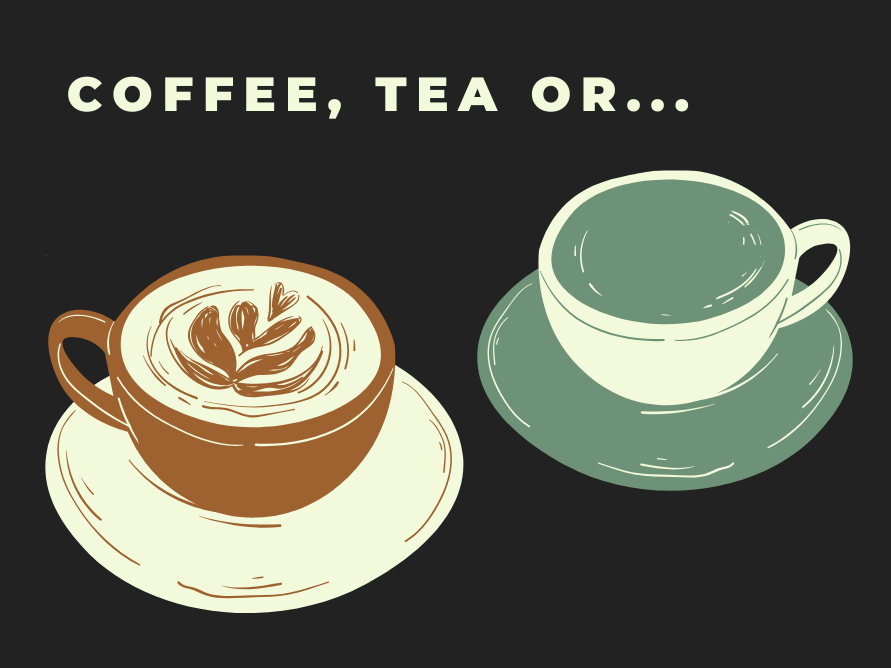
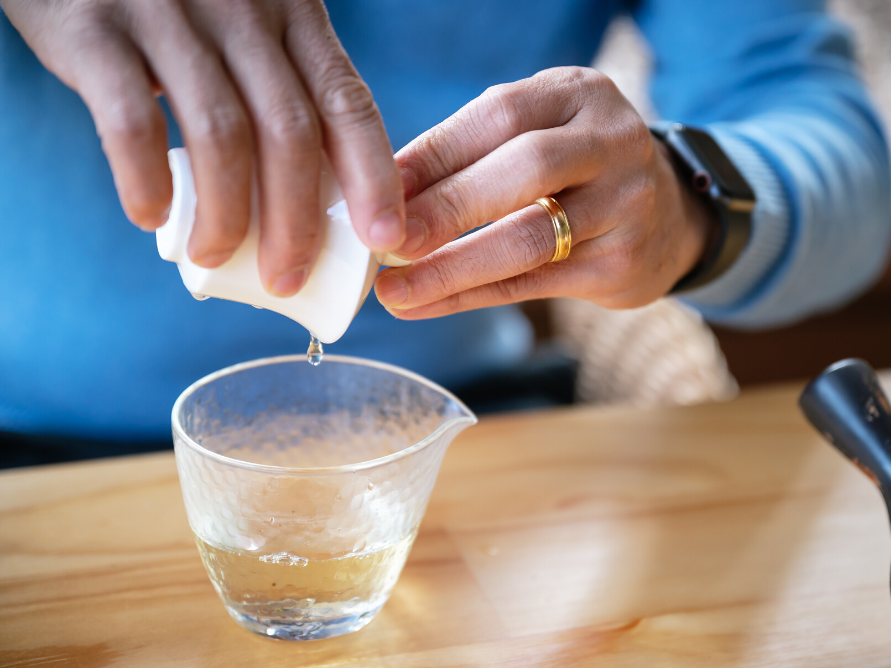
Leave a comment
This site is protected by reCAPTCHA and the Google Privacy Policy and Terms of Service apply.